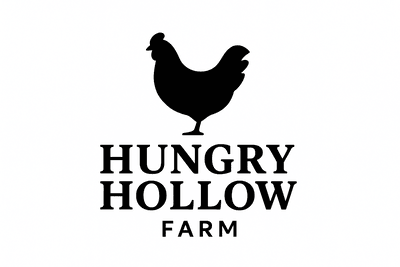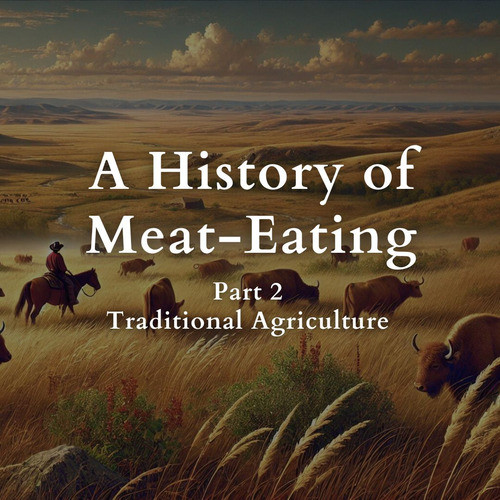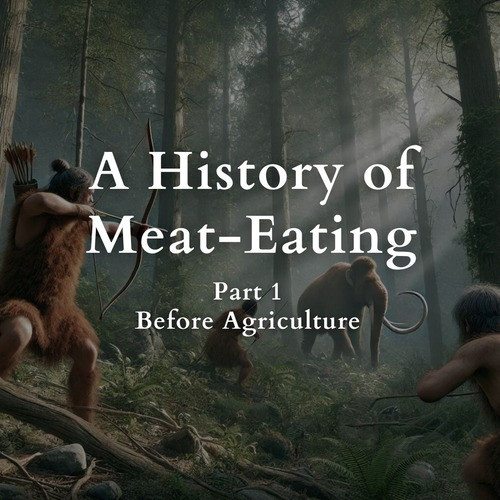Beauty & Truth in Modern Agriculture
posted on
April 23, 2023

O how much more doth beauty beauteous seem
By that sweet ornament which truth doth give!
Shakespeare, Sonnet 54
It’s a truth universally acknowledged that all good farm blogs begin with a Shakespeare quote.
Okay, the world may not be quite ready for that truth. But while we’re on the topic of truth, let’s take a moment to understand what the bard is getting at, oh so eloquently, in this sonnet. Essentially, he’s saying that things are more beautiful when they’re authentic and true, inside and out.
He goes on to give us two contrasting images. First, that of a rose, which both looks and smells beautiful. Second, that of a “canker bloom,” that looks just as beautiful as the rose, but upon closer inspection, smells foul. What does all this have to do with modern agriculture and the way its products are marketed today? Quite a lot.
Beauty in Modern Agriculture
We all know what a beautiful farm looks like, right? There’s a big red barn, a farmer whistling on a tractor in a straw hat and overalls, and lots of happy animals frolicking in the green grass under blue skies. We are drawn to these images — to beauty — for a reason. Over time, we’ve evolved to value things which sustain us and perpetuate life. It’s no coincidence that we’re drawn to colorful fruits, which signal life-giving nutrients, or to lush green environments, which signal health and vitality.
Conversely, repulsion and disgust exist to protect ourselves from eating something unsafe. These instincts have been formed over millions of years, and we rely on them to make good decisions about what we put into our bodies. Our sense of disgust at raising animals in a dark building exclusively on transgenic corn and soy is signaling to us that these production methods are not producing nutrient dense foods. The putrid smell of a factory farm, if we’ve been unfortunate enough to be near one, signals that we are concentrating nutrients in untenable ways that lead to air and water pollution.
The pastoral images that we are drawn to evoke a time when all was right in the American farmscape. A blissful time before glyphosate, GMOs, and Confined Animal Feeding Operations (CAFOs.) A time when animals were raised outdoors and no one had yet considered what would become industry-defining innovations such as battery cages for laying hens and gestation crates for mama pigs. It was a time when more people toiled on farms, to be sure. But pigs rooted in the woods and broiler chickens still resembled their jungle fowl ancestors, rather than soccer balls with poopy feathers.
Much of modern agriculture, especially modern animal agriculture that has been divorced from the farm landscape, is ugly. This is indisputable. Even its staunchest defenders would blush if asked if modern animal confinement operations were beautiful. Beauty isn’t the point of these operations. The point is to “feed the world.” In pursuit of this goal, agriculture has become ugly.
Those selling products derived from modern animal confinement facilities know we would wince if we saw the nasty, brutish, and short lives of pigs or chickens raised in factory farms. They know we wouldn’t tolerate these products if they were as ugly on the grocery store shelves as they are in the production facilities. So how do food companies signal to that customer that they should feel good about their purchase? By appealing to their aesthetic sensibilities with false images of beauty.
Truth in Modern Agriculture
In the pristine indoor environment of a supermarket, it’s easy to be blissfully unaware of the true origins of our food. Greenwashing is the term for making a product seem better for the environment than it really is. Given how quickly purchase decisions are made and our evolutionary reliance on contextual cues, sometimes this is as simple as putting a conventional product into green or colorful packaging. (Remember how we’ve evolved to associate bright colors with healthy foods?) Throw in a few keywords that evoke positive images in our mind, such as “natural,” or “organic,” and that can be more than enough to make the sale to today’s busy consumer.
There’s a newer, lesser known term for making products seem more humane to animals than they really are: humanewashing. You can spot this anytime there is something about the packaging, whether it’s imagery or animal welfare certifications, that imply the animals were treated humanely. This is all well and good if the implications match the reality, but the sad truth is that they almost never do.1
These lies expose the industry’s bad conscience. The lack of beauty and truth in modern agriculture is not a benign side effect of efficient production. In the short term, it represents a design flaw to be overcome. Marketers are tasked with painting over the truth, and laws are passed to limit public visibility into these operations. These techniques have propped up the system so far. But make no mistake, in the long run, the combination of ugliness and deception is the system’s Achilles’ heel.
Bringing Beauty and Truth Back to the Farm
So what is a beauty-and-authenticity-craving-consumer to do? Thankfully there is some good news. Slowly but surely, authentically beautiful farms are returning to the American landscape. On these farms, beauty and truth function quite differently. As it happens, good agricultural practices are beautiful! Any child can spot the difference. Piglets running through a spring pasture is an enchanting sight to behold. Ecological health being nurtured through a diverse mixture of cover crops that also provide habitat for a range of beneficial insects is a stunning example of how the most beautiful farming practices are often the most beneficial to us — and to our species — in the long run.
These truly beautiful farms know that transparency (aka truth) is a strong marketing move. With nothing to hide, deceptive packaging and marketing are simply unnecessary. There’s no need for fake and misleading imagery when the conditions on these farms actually match consumer expectations.
The products from these farms will almost certainly not be found in your local supermarket. They probably won’t be packaged in colorful green packaging, and more likely than not they won’t carry third-party stamps of approval. But they will be available directly from the farm, and chances are they offer farm tours so you can visit the farm and see for yourself.
So the next time you’re in the supermarket, keep an eye out for the ham with the pastoral imagery on the label, or the chicken with the logo of a rooster proudly perched on a patch of grass. How much more beautiful would these claims be if they were actually true?
###
If you enjoyed this article, please consider sharing!
About Hungry Hollow
Hungry Hollow is a diversified farm in Shelton, WA producing pasture-raised meat, eggs, and vegetables. With a focus on animal welfare and ecological stewardship, our work models an alternative to industrial agriculture that is rooted in joy, transparency, and reverence for life.



